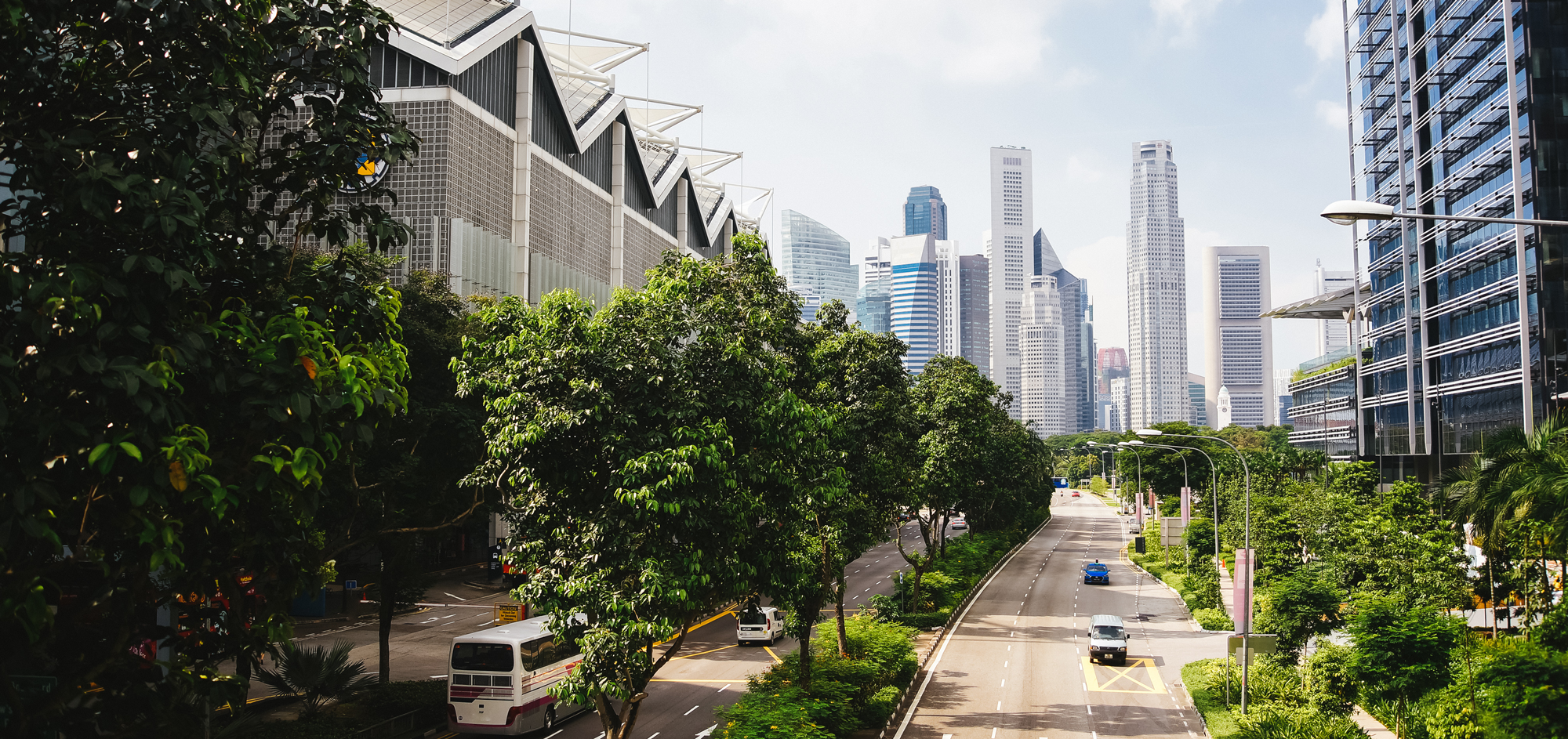Instead of completely eliminating everything from the development site you wish to build on, think about what in that space you can reuse or preserve. When you are proactive with that kind of mindset, you are working toward sustainable site planning for your future building. Following strategies for sustainable development lessens negative impacts on the environment and promotes a healthier lifestyle for occupants and surrounding wildlife.
3 Strategies for Sustainable Site Development
Reusing Buildings and Materials
When developing a new building, starting from scratch sometimes looks like the most attractive starting point. However, taking a step back and seeing how you could utilize the existing building or remaining structure on the site is an eco-friendly and financially smart way to move forward. By using existing building materials, operation and construction costs can lessen tremendously. If the building is still structurally sound and you can create a space without relocating existing occupants, you can reduce the costs of both demolition and relocation, creating a much more mixed-use, sustainable site.
Preserving Habitats
If the site you are developing is near wildlife and woodlands, recognizing the species living there protects habitat frameworks and supports ecosystem growth. Finding unique ways to maintain the livelihood of species on the building site maintains ecosystem equilibrium, something many species are losing as urbanization increases. Intertwining current trees into the design plan is a great way to minimize demolition while keeping the wildlife safe. With so many sustainable designs being incorporated into modern buildings, utilizing trees and rooftop gardens is a great way to preserve surrounding habitats.

Utilizing Eco-Friendly Products
Renewable and recycled materials are the best items to use when following sustainable site development practices. This can go for the physical building structure as well as interior design and decor. Products that do not take a lot of energy to create are the most sustainable choices for your building. Supporting local businesses and utilizing locally sourced materials helps small businesses grow and get recognized while still keeping your site sustainable. Staying away from chemically-based products and sticking with raw building materials maintains a safer, healthier atmosphere for everyone involved–including nearby ecosystems and species.



